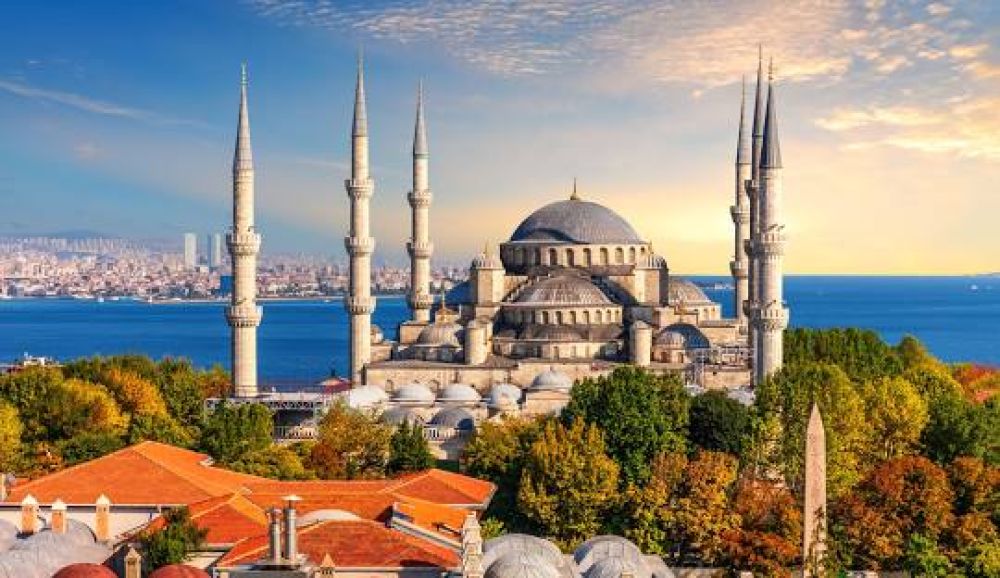

Turkey's economic, historical, and cultural heart, Istanbul, has been a significant draw for travelers for centuries. This unique city is the only one in the world that straddles two continents - Europe and Asia, divided by the Bosphorus Strait. Istanbul has become an increasingly popular destination due to its rich cultural heritage, stunning architecture, and vibrant bazaars.
The history of tourism in Istanbul can be traced back to the times of the Byzantine Empire when it was known as Constantinople. Back then, it was a crucial stop for traders along the Silk Road. Its strategic position as a transcontinental city made it a hub for merchants and travelers from Europe and Asia. The city's fame in the ancient world grew as a center of Christianity following the construction of the Hagia Sophia in the 6th century.
With the conquest by the Ottomans in 1453 and the subsequent renaming of the city to Istanbul, the Ottomans added to the city's skyline with their own architectural masterpieces such as the Blue Mosque and the Topkapi Palace. The city continued to allure travelers, artists, and writers. Accounts by travelers during the Ottoman era, including Evliya Çelebi's extensive travelogue, "Seyahatname," helped to spread the legend of Istanbul's wonders across the continents.
The advent of steamships and railways in the 19th century made travel more accessible, and Istanbul became a fashionable destination for the elite of Europe, serving as a glamorous stop on the Orient Express route. The establishment of luxury hotels such as the Pera Palace further facilitated the city's burgeoning tourism industry.
In the 20th century, travel became more democratized, thanks in part to the advent of commercial air travel after the Second World War. Istanbul’s Atatürk Airport, opened in 1924, expanded significantly and became a modern gateway to the city. This period saw a surge in visitors who were drawn both to the city's historical treasures and to the burgeoning scene of restaurants, cafes, and nightlife that began to spring up.
In recent decades, Istanbul has fully embraced its role as a top tourism destination. The city's infrastructure has expanded to include a modern public transportation system and a new airport, Istanbul Airport, which is positioned to be one of the largest in the world. Istanbul has also seen a boom in cultural festivals, international conferences, and other events that draw participants from around the globe.
The latest trends in Istanbul tourism have included the development of boutique hotels, an increase in eco-friendly tours, and the promotion of culinary tourism celebrating Istanbul's unique fusion of flavors. Despite global challenges, Istanbul remains resilient, continually adapting to welcome a diverse array of visitors.
Istanbul's tourism history is a testament to its perpetual allure as a city of incredible heritage and ever-evolving charm. From the days of ancient traders and opulent Ottoman palaces to its modern life as a bustling, cosmopolitan metropolis, Istanbul will likely continue to enchant travelers for many years to come.